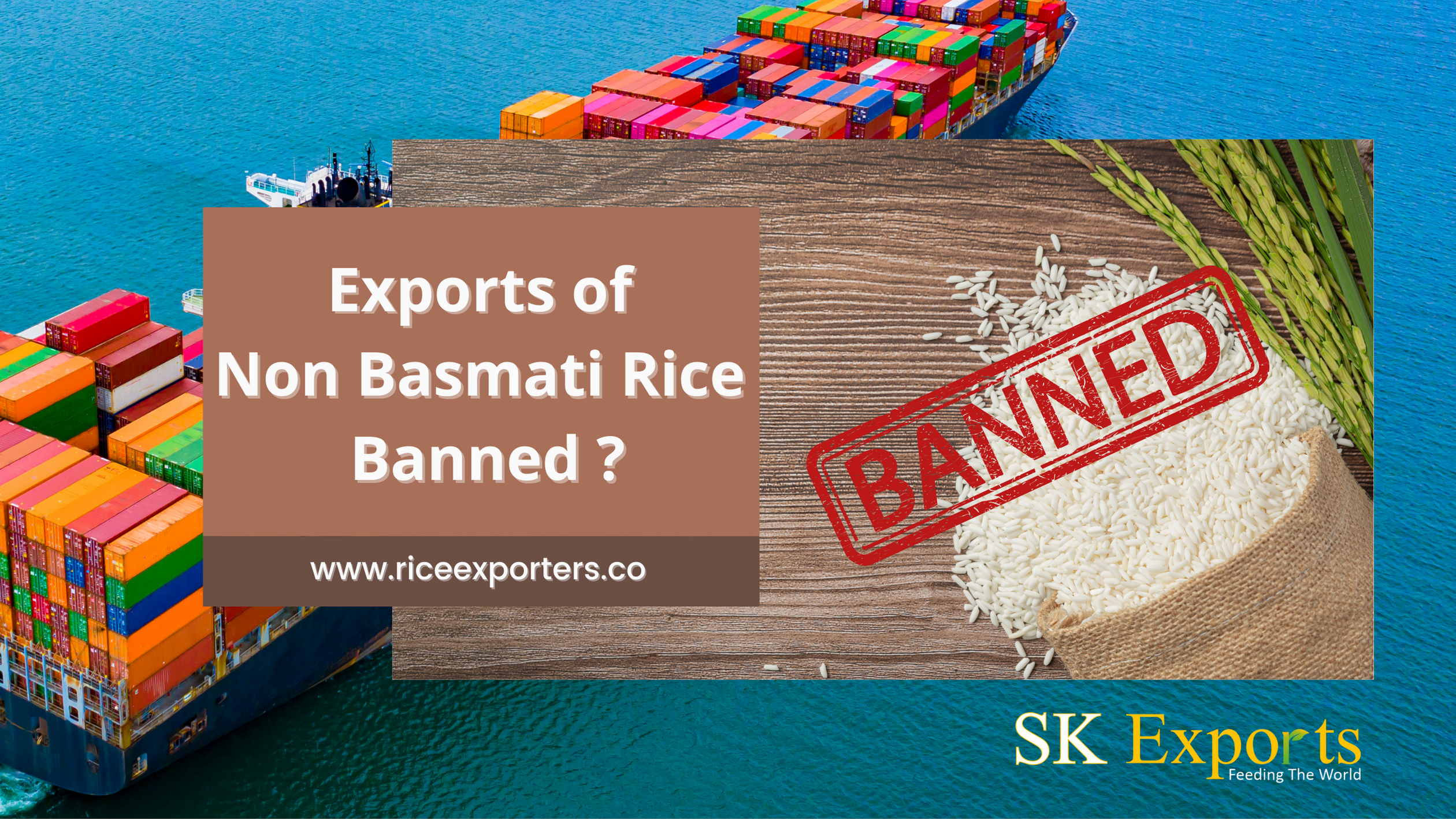India, renowned as the largest rice exporter globally, is currently deliberating a significant decision that could have far-reaching consequences. Reports suggest that the Indian government is contemplating a ban on the export of most rice varieties, primarily to mitigate the risk of inflation before upcoming elections. While this measure may stabilize domestic prices, it could potentially drive global costs even higher. In this blog post, we will delve into the potential implications of this decision and its impact on the global rice market.
The Proposed Ban on Rice Exports
The ban under consideration would encompass all non-Basmati rice varieties, which constitute approximately 80% of India’s rice exports. The government aims to prevent further inflationary pressures, particularly with the return of the disruptive El Niño weather pattern. While the ban might help regulate domestic prices, it raises concerns about the potential surge in global rice costs. Rice is a staple food for nearly half of the world’s population, with Asia being the largest consumer, accounting for approximately 90% of global supply. The recent increase in benchmark prices, driven by fears of El Niño’s adverse impact on crops, has already pushed prices to a two-year high.
India’s Role in the Global Rice Trade
India holds a substantial share of the global rice trade, amounting to about 40%. In recent years, the country has implemented measures to tighten trade regulations for certain rice varieties. For instance, India banned broken rice exports and imposed a 20% duty on shipments of white and brown rice following geopolitical tensions caused by Russia’s invasion of Ukraine, which triggered price hikes in food staples like wheat and corn. Additionally, India has also imposed restrictions on wheat and sugar exports.
Potential Consequences and Concerns
While official comments from the relevant ministries are yet to be obtained, the prospective ban has raised alarm bells among import-dependent nations such as Indonesia, China, and the Philippines. These countries have already been proactively stockpiling rice due to the resurgence of El Niño conditions in the tropical Pacific after a seven-year hiatus. The return of El Niño threatens to bring drought to many rice-growing regions, amplifying concerns over potential supply shortages. India’s proposed ban would further exacerbate these worries, potentially leading to even higher global rice prices.
Domestic Inflation and Future Outlook
India’s consideration of the rice export ban comes in the wake of escalating consumer price inflation, particularly driven by higher food prices. Economists at Bloomberg predict that inflation is likely to further escalate due to recent surges in tomato prices, a vital ingredient in Indian cuisine, as well as an increase in the government’s support price for monsoon-sown crops. These factors further emphasize the need for measures to stabilize food prices within the country.
As India contemplates a ban on non-Basmati rice exports, the global rice market braces for potential disruptions. While the proposed measure aims to control domestic inflation, it raises concerns about the availability and affordability of rice worldwide. Importing nations, already grappling with the return of El Niño, face additional challenges in securing adequate supplies. As the situation unfolds, stakeholders across the globe will closely monitor developments in India and their impact on the delicate balance of the global rice trade.
